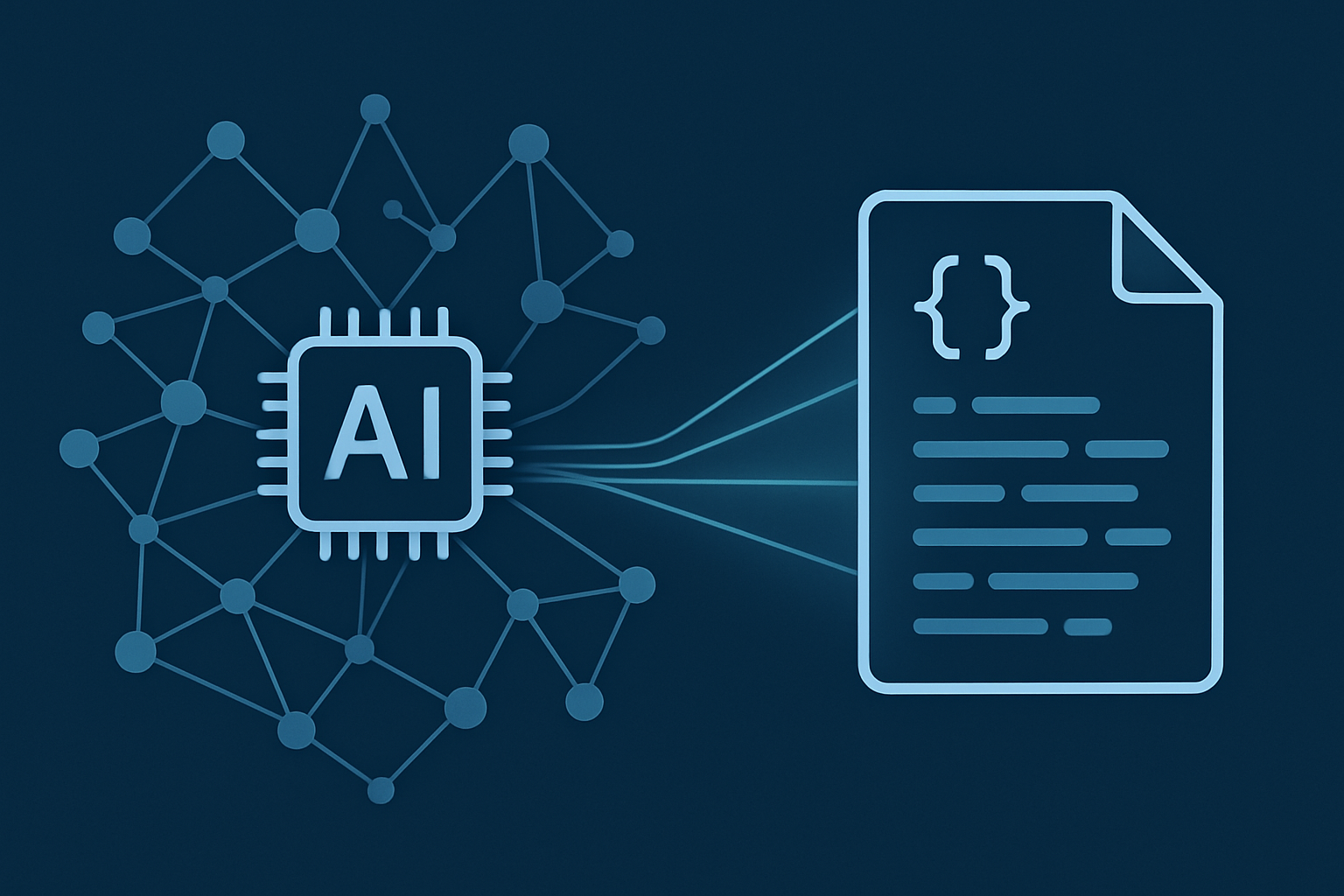Apps in ChatGPT: What the New Apps SDK (Built on MCP) Means for Builders and Brands
When OpenAI announced that ChatGPT would begin supporting a new Apps SDK built on the Model Context Protocol (MCP), the developer and business...
3 min read
 David Mantica
Oct 31, 2025 11:48:15 AM
David Mantica
Oct 31, 2025 11:48:15 AM

Artificial intelligence has blurred the lines between human intent and machine execution. Once, building software required layers of requirements documents, developers, and long release cycles. Now, anyone with a clear prompt can type a few sentences into ChatGPT or an AI-powered coding environment — and watch a fully functional website appear seconds later.
That’s the essence of vibe coding — a fast-emerging practice where natural language prompts generate working code. What began as a prototype experiment has grown into a glimpse of how software development might evolve: more accessible, more intuitive, and more dependent on how well we communicate with machines.
Vibe coding originated from the same foundation as generative AI. Instead of typing queries or essays, users describe the kind of software they want:
“Create a simple health website with a green layout and a chatbot button.”
In response, an AI model generates HTML, CSS, or JavaScript code — often complete with structure, design, and embedded functionality. The result can be run instantly in a browser or compiled within an AI-integrated environment such as Cursor or VS Code Copilot.
For teams working on rapid prototypes, internal tools, or proofs of concept, this speed is game-changing. What once took days of iteration between business analysts and developers can now be visualized in minutes.
The appeal is obvious: faster delivery, reduced dependency on scarce developer resources, and easier experimentation. But as with every wave of democratization, new risks follow.
When AI generates code, it follows instructions — not engineering discipline. Unless the user explicitly prompts for security layers, data validation, or best practices, the resulting application may have no protection at all.
There have already been real-world incidents of AI-generated websites being compromised, from price-manipulation exploits to profanity-laced customer service pages. These aren’t just theoretical risks — they’re a reminder that automation without governance can backfire.
In vibe coding, the quality of the result depends entirely on the quality of the prompt.
A strong prompt must define:
The environment (HTML, Python, React, etc.)
The hosting and security expectations (e.g., HTTPS, AWS configuration)
Performance requirements and user roles
Error handling, accessibility, and compliance needs
In other words, prompt engineering becomes the new programming — and those who understand architecture, security, and domain context will still hold the advantage.
Without that foundation, vibe coding can produce functional yet fragile systems: fast to create, easy to break, and nearly impossible to maintain.
The conversation around vibe coding highlights an important truth:
Coding is not programming.
Writing or generating code is only one part of software development. Programming includes testing, debugging, securing, and optimizing the code — steps that ensure systems work reliably at scale.
When teams skip those steps, the consequences multiply. A single overlooked line of AI-generated script could expose sensitive data, crash a production system, or violate regulatory requirements. In large organizations, these risks cascade through supply chains, vendors, and customer systems.
Despite its dangers, vibe coding has enormous potential — when used with the right intent. It excels at rapid prototyping, brainstorming UI ideas, or mocking up new features that help teams visualize business requirements.
In fact, some project teams are already using vibe coding as an interactive requirements tool: instead of static documents, they build live prototypes that evolve alongside user feedback. This hybrid approach marries the creativity of AI with the discipline of traditional software lifecycles.
To use AI-generated code safely, organizations need new governance practices:
Code review pipelines that include human oversight.
AI validation tools to scan for vulnerabilities.
Segregated environments (development, testing, production) to prevent cross-contamination.
Clear policies around acceptable AI use, intellectual property, and data protection.
The lesson is simple: automation can accelerate development, but only when paired with informed oversight.
Vibe coding is more than a technical novelty. It’s a signal of a future where human creativity, prompt design, and computational intelligence merge into one workflow.
For project professionals, analysts, and leaders, the takeaway isn’t to learn coding syntax — it’s to understand how AI interprets intent and where safeguards must exist. The new literacy of the AI era is not knowing how to code, but knowing how to collaborate with code that writes itself.
Want to hear David and George from Team SoftEd discuss this topic? This video even opens with a custom song George created with AI! Have a listen:
Interested in our courses, webinars, or corporate training solutions?
Send us a message and a member of our team will get back to you shortly.

When OpenAI announced that ChatGPT would begin supporting a new Apps SDK built on the Model Context Protocol (MCP), the developer and business...

Conflict is often described as a monster in the workplace — unpredictable, intimidating, and best avoided. But as communication expert Tommy Re...

Marketers today face a dual challenge: audiences expect personalization, but teams are stretched thin managing tools, channels, and endless...